Folk songs echoing across Bac Giang countryside
BAC GIANG - As spring arrives, the folk songs such as cheo (traditional opera), quan ho (love duet singing), hat van (ritual singing), hat then dan tinh (‘then’ singing using two-stringed musical instrument called ‘tinh’) resonate joyfully at cultural heritage sites and festival spaces throughout Bac Giang province, attracting both local residents and visitors from far and wide.
On February 9, the opening day of the Culture - Tourism Week and the Tay Yen Tu Spring Festival 2025, one of the main attractions for locals and tourists was the space for performing cheo and showcasing intangible cultural heritage at the Tay Yen Tu Spiritual-Ecological Tourism Area in Son Dong district.
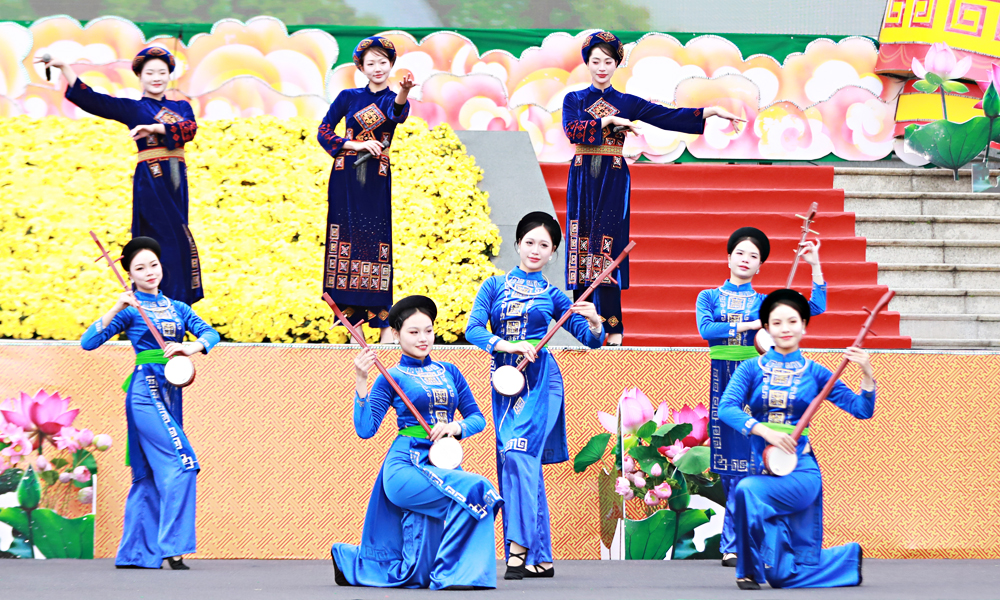 |
|
A then singing performance at the opening ceremony of the Culture - Tourism Week and Tay Yen Tu Spring Festival 2025. |
During this year's Culture - Tourism Week, which ended on February 13, the Bac Giang Cheo Theatre organised several free performances for local people and tourists at the Tay Yen Tu Spiritual-Ecological Tourism Area, Vinh Nghiem Pagoda (Bac Giang city), Suoi Mo Ecological Tourism Area (Luc Nam district), and other localities across the province.
Directing the programme, People's Artist Ta Quang Lam, Director of the theatre, shared “These art forms have been recognised by UNESCO as Intangible Cultural Heritage of Humanity in need of urgent safeguarding. Through this activity, we hope to spread the traditional cultural values of Bac Giang to visitors from near and far.”
Following the soft, intimate melodies of quan ho, we traveled to the village festivals in Viet Yen township. By the ancient communal houses and pagodas, the quan ho performances on stage and the lotus ponds left a lasting impression on locals and visitors.
Visiting Bac Giang in spring, tourists are immersed in a “treasure trove” of culture, with nearly 800 festivals. The festival spaces in the province not only preserve and practice traditional rituals but also serve as a “living land” for many types of unique intangible cultural heritage recognised by UNESCO, such as quan ho folk songs, ca tru (ceremonial singing), the worship of the Mother Goddesses of the Three Realms by the Vietnamese, and the practice of then singing by the Tay, Nung, and Thai people in Vietnam.
Recently, Bac Giang’s cheo art was added to the list of national intangible cultural heritage, further affirming the distinctive cultural value of this art form.
To promote cultural heritage within the community, artisan Nguyen Van Them (born in 1950) from Group 3, Nham Bien ward, Bac Giang city organised several free cheo performances during festivals inside and outside the region.
While folk songs like quan ho, cheo, ca tru, and the worship of the Mother Goddesses with hat van (ritual singing) are practiced in the communal houses, temples and pagodas in the lowlands of Bac Giang, the folk songs of ethnic minorities echo through the mountains and hills during the spring festivals.
The rich cultural identity of the ethnic minorities in Bac Giang is also reflected in their traditional folk songs, with San Chi folk songs from Kien Lao commune (Chu township) and Cao Lan folk songs from Deo Gia commune (Luc Ngan district) having been recognised as national intangible cultural heritage.
According to Deputy Director of the provincial Department of Culture, Sports, and Tourism Nguyen Si Cam, the department has been collaborating with local authorities to promote the values of intangible cultural heritage.
It has also advised the provincial People's Committee and People's Council to issue mechanisms and policies to preserve and promote heritage values.
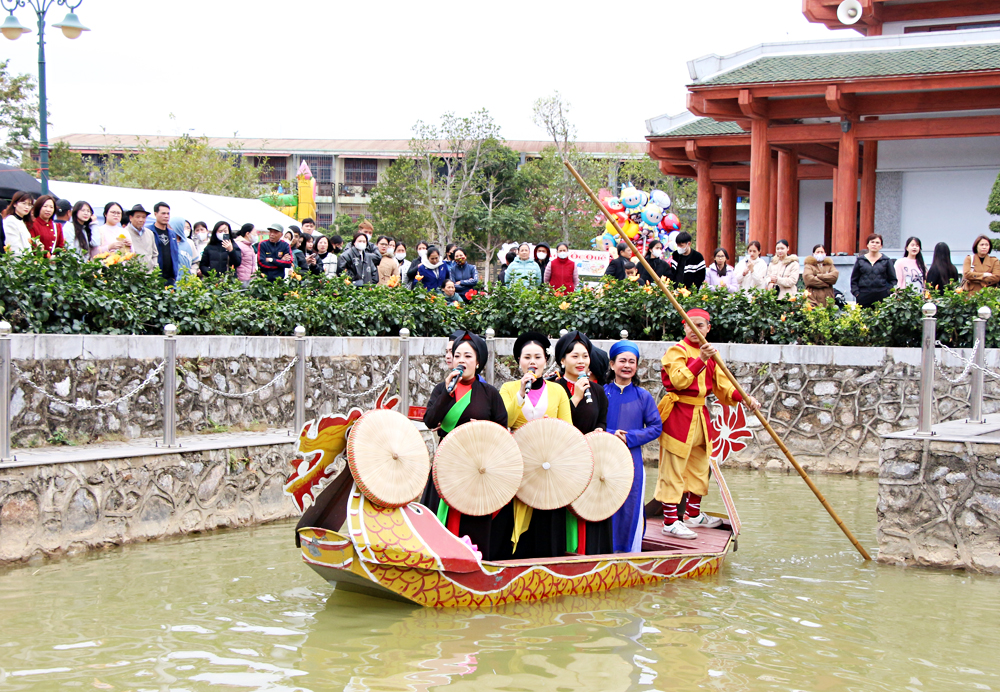 |
|
A quan ho performance at the festival marking the 598th anniversary of Xuong Giang Victory in Bac Giang city. |
Additionally, the department has supported the restoration and establishment of classes to train core individuals at cheo, quan ho, and then singing clubs, and proposed incorporating heritage education into local schools.
Moreover, regular festivals, competitions, and performances have been organised to create a platform for cultural clubs and artists, thus enhancing the spiritual and cultural lives of the people and promoting the heritage within the community.
Participating in the spring festivals and listening to the sweet folk songs, we grow even more appreciative of the precious traditional cultural heritage that many artisans and artists have tirelessly preserved, passed down with dedication, and we feel proud of the distinctive cultural landscape of the Bac Giang heritage land.
 Bắc giang
Bắc giang
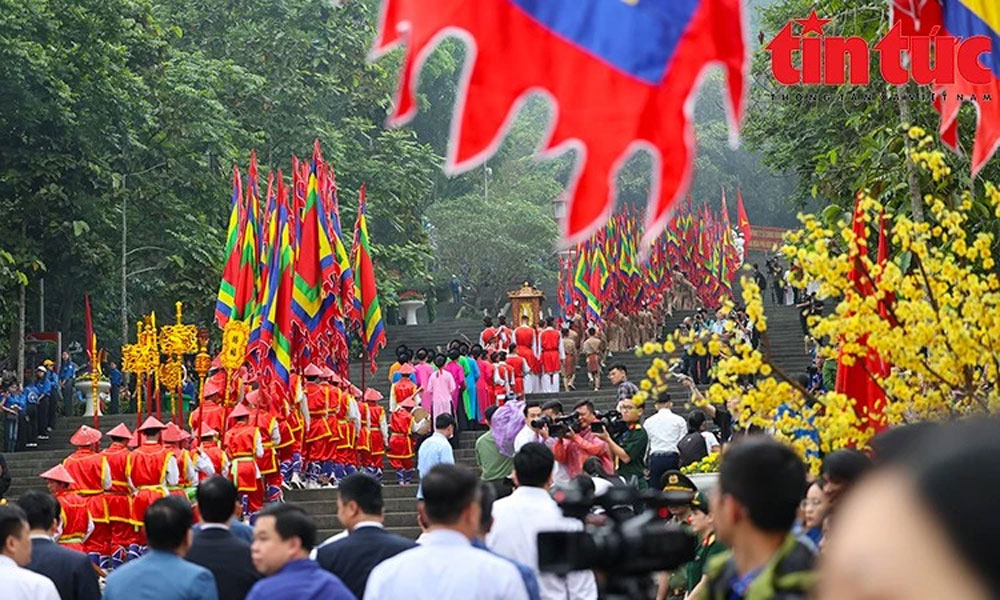

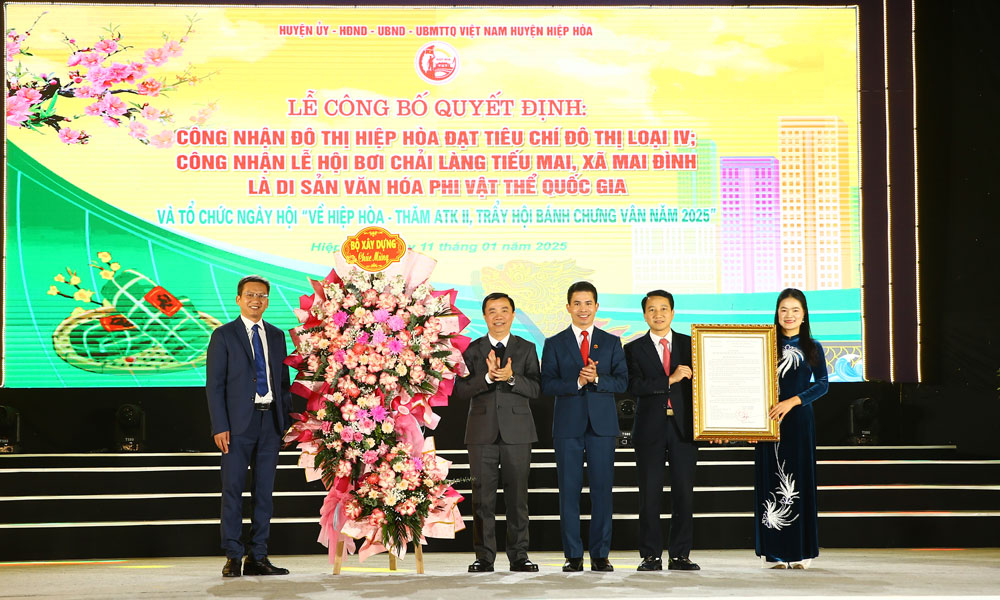
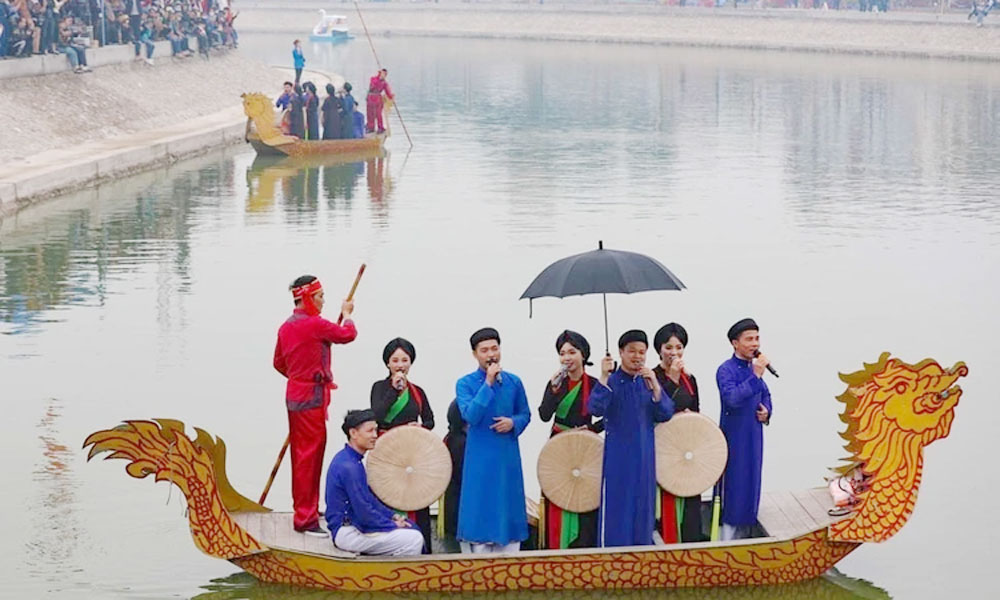


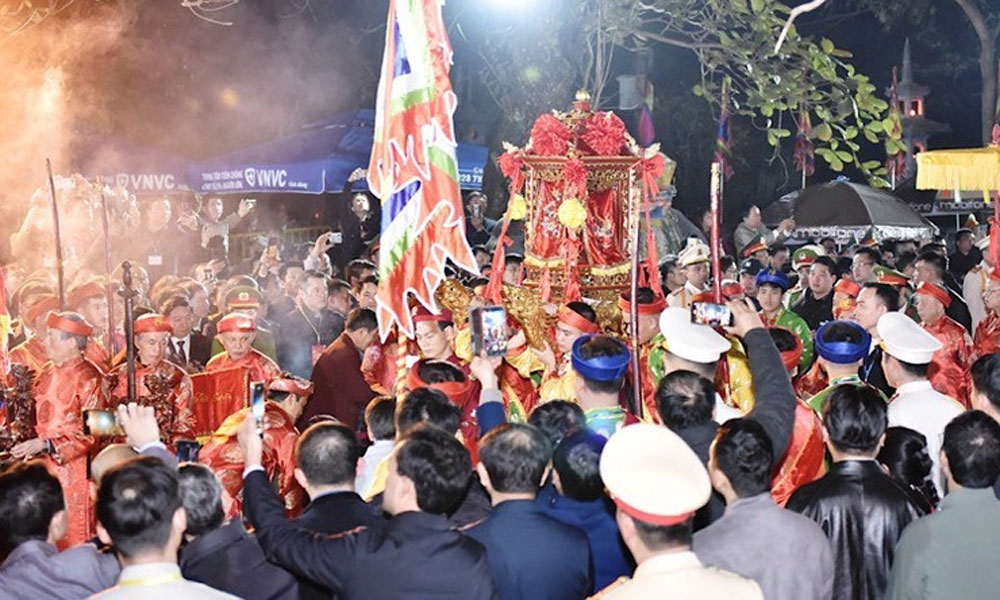
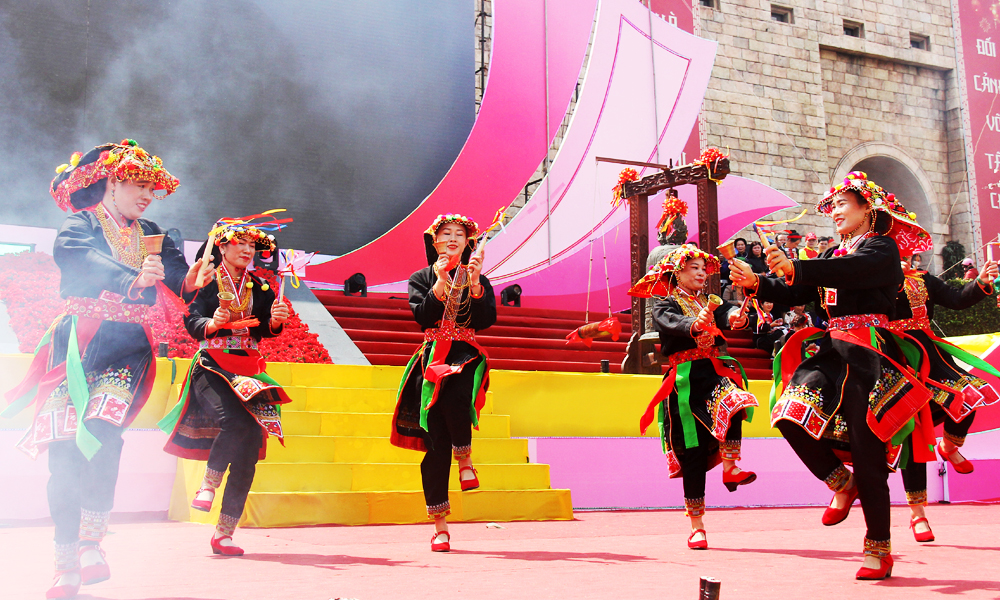

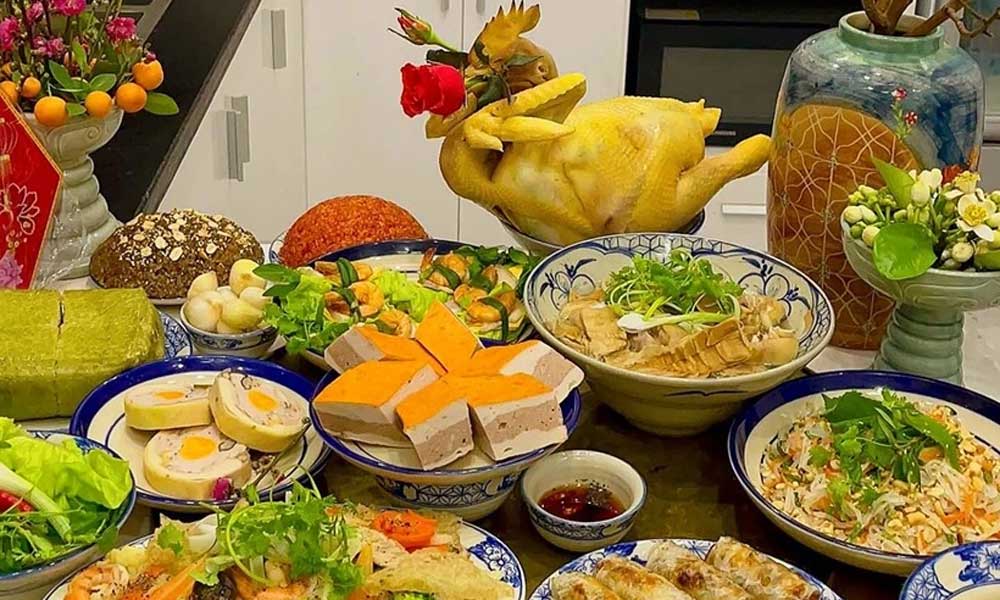
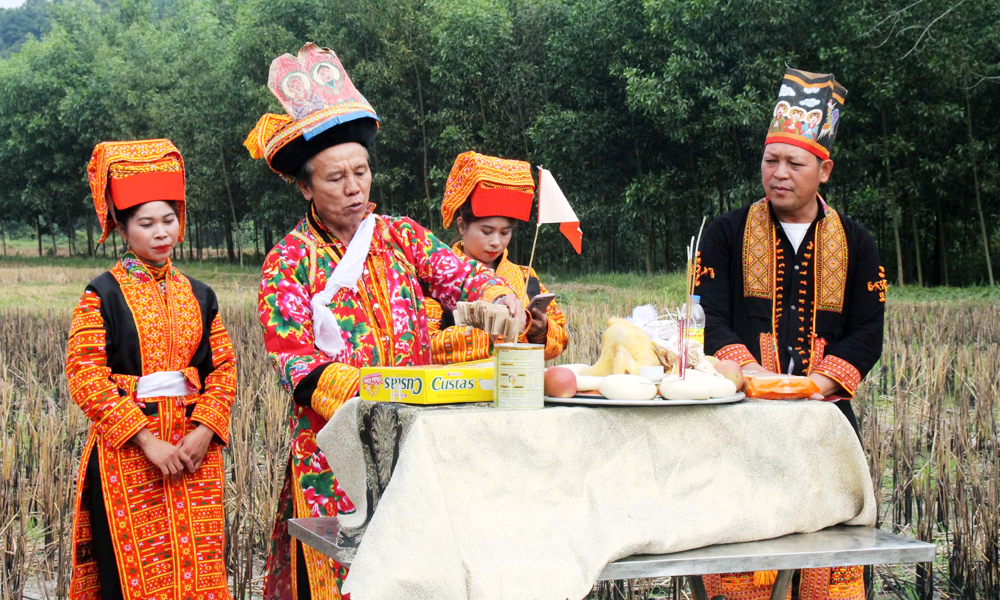
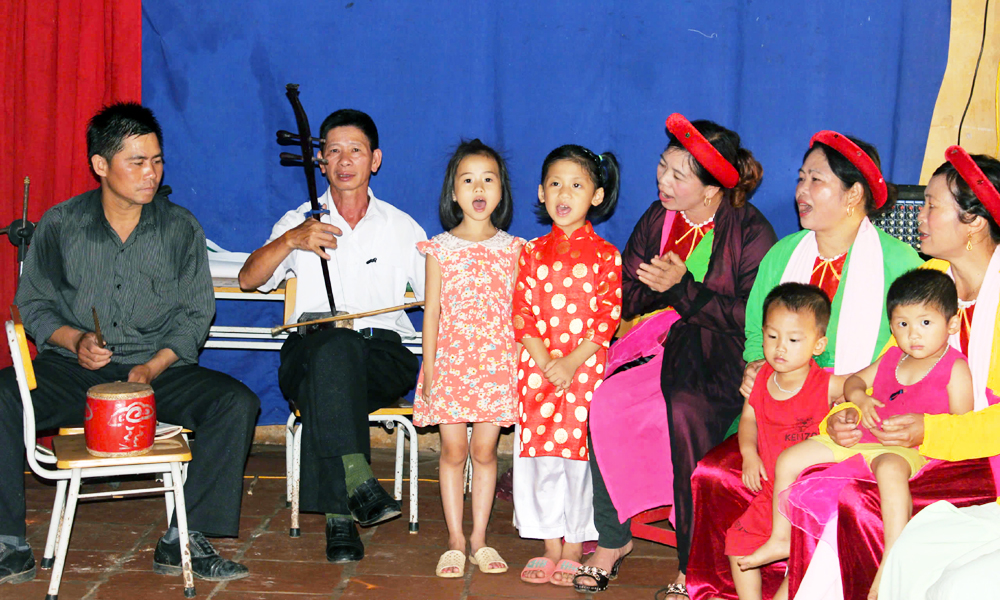

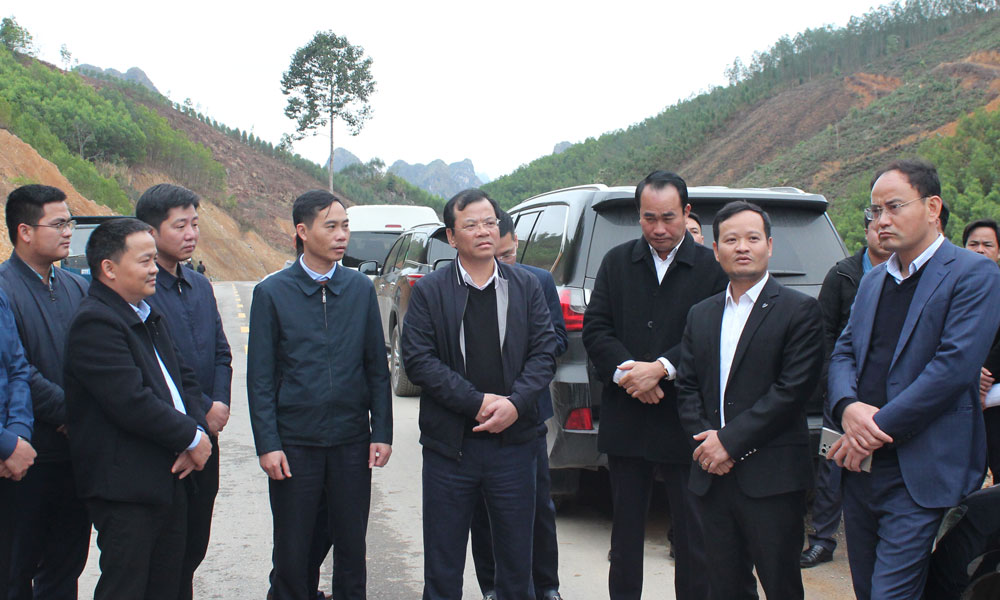


Reader's comments (0)